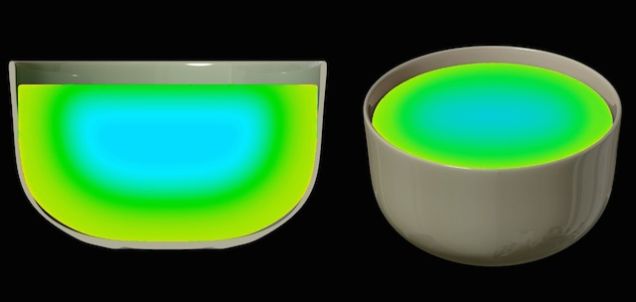The microwave has been a sacred kitchen gadget for lazy eaters for decades. Pizza bagels, frozen burritos, Thanksgiving leftovers for a week—the microwave lets you have it all pretty instantly. Well, we’ve got good news for all of you dorm-livin’ students and couch potatoes out there: someone has found a way to allow you to be even lazier.
Innovation typically builds upon previous models to cater to what we need now. The interesting thing is that the microwave has existed as its original prototype for quite some time. The kinks in the microwave have not yet been worked out… Until now.
As we all know from freaking out over how long to put leftovers in the microwave, this device is a finicky little tool. It takes some a lot of guessing to get your food heated just how you want it. Mark Rober, the founder of a time-saving and fuss-eliminating gadget, provides the future to fixing your microwave problems with the “Heat Map Microwave.”
If you’re sick of never knowing how long to put your food in the microwave, this future system is exactly what you need. Instead of simply not knowing if the food is ready or not until sticking your teeth into a frozen disaster or a tongue-burning nightmare, Rober offers a solution: see the temperate of the food in the microwave through infrared cameras.

Photo courtesy of gizmodo.com
With this technology, you’ll be able to watch your food on your computer or phone while it’s cooking in the microwave. All you’ll have to do is wait until the image turns white, and knowing when your food is ready will be that much easier. Rober’s contraption works by filming the internal food temperature through infrared cameras and projecting it onto your phone or computer.
Rober plans to implement ways to add on time to the microwave from a phone or computer as well, so if the food image is not white when the time has run out, you can just add more time and continue whatever you want to be doing. Because getting up to check the microwave is the hardest thing in life, right? #firstworldproblems
Like a remote control for your microwave, this innovation definitely improves and adds to a technology we already have, whether it seems necessary or not. Rober’s idea has a patent already, so copycats steer clear of this one.


